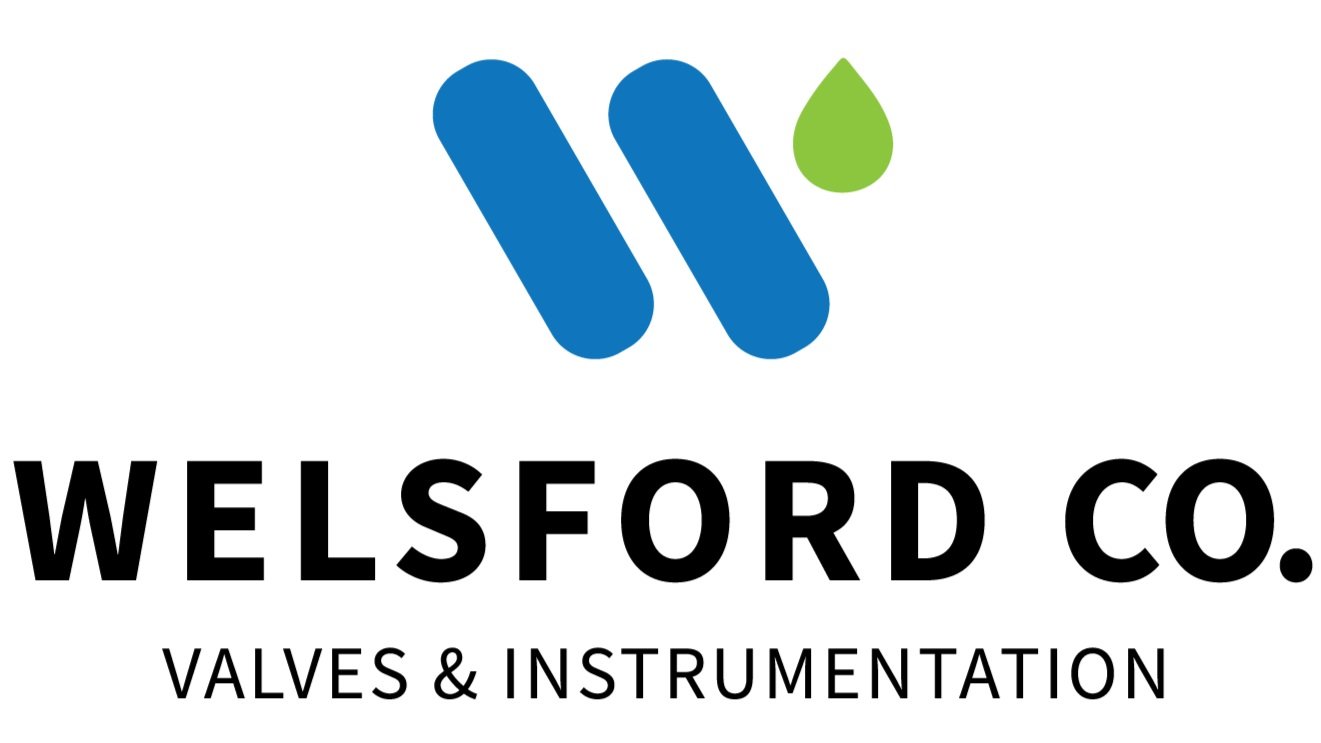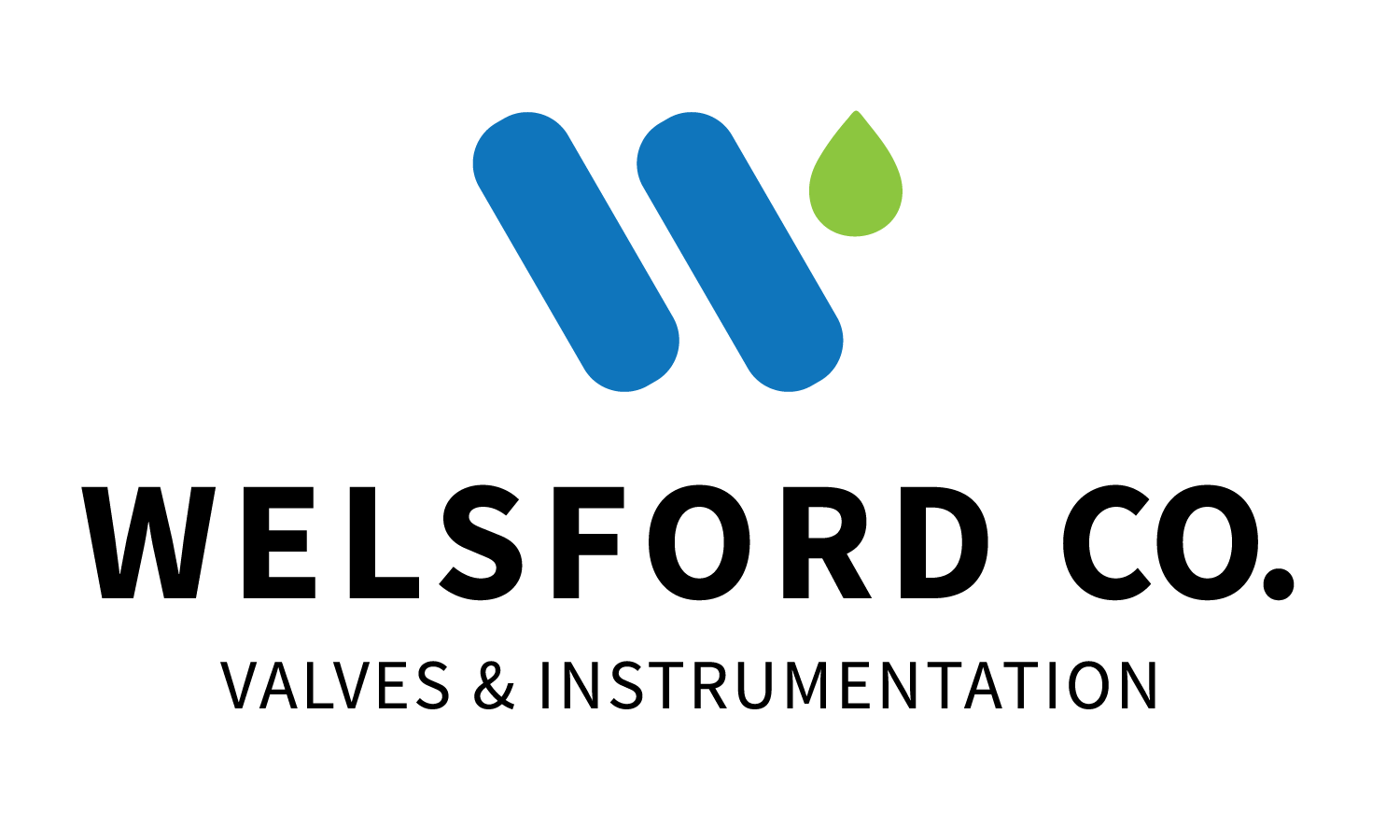Mistakes in Valve Application You Can’t Afford to Make When Working with Steam
Welcome to Thomas Insights — every day, we publish the latest news and analysis to keep our readers up to date on what’s happening in industry. Sign up here to get the day’s top stories delivered straight to your inbox.
Steam produced from water boilers is widely used in industrial applications. Industrial processes such as drying, mechanical work, electricity generation, and process heating are typical steam applications. Steam valves are used to reduce inlet steam pressure and to provide accurate regulation and control of the steam and temperature supplied to these processes.
Unlike most other industrial process fluids, steam has specific characteristics that make it tricky to control with a valve. Such characteristics can be its high volume and temperature and its ability to condense, reducing the volume by over a thousand times quickly. If you use a valve as a process control tool, there are several considerations when working with steam.
Here are the 7 most serious mistakes in valve applications you can’t afford to make when working with steam. This list does not cover all the considerations in valve control of steam. It describes the common actions that often lead to damage or unsafe conditions while trying to regulate steam.
The 7 Mistakes to Avoid
1. Forgetting That Steam Condenses
Everyone knows that steam condenses, but this obvious characteristic of steam is often forgotten in discussions about process control of steam lines. Most people assume that the process line will always be hot and in a gaseous state, and the valves are designed for just that.
However, steam lines do not always run continuously and will therefore cool and condense. And the condensation comes with a significant reduction of volume. Though steam traps effectively handle condensed steam, the valve operation on the steam line must be designed to handle liquid water and quite often a mixture of liquid and gas.
Water Hammer in Steam Systems
Water hammer occurs in steam lines when steam forces incompressible water to suddenly accelerate and is stopped by a valve or a pipe fitting. Water can move at high velocities, causing noise and pipe movement in mild cases or an explosive effect leading to damage of pipes or equipment in severe cases. While operating with steam, the valves on the process line should be opened or closed slowly, to prevent a sudden burst of fluid.
2. Operating Outside of Valve Design
Valves designed for steam applications must be operated within the design conditions for pressure and temperature. Steam expands to a large volume quite rapidly. A 20 K increase in temperature can double the pressure in the valve, which may not be designed for such pressure. Valves must be designed for worst-case scenarios (maximum pressure and temperature) in the system.
3. Using the Wrong Type of Valve
A common mistake made in valve specification and selection is the wrong type of valve for steam applications. Most valve types can be used on steam applications. However, they offer different functionality and control. A ball valve or gate valve provides precise flow control, which is more than what is possible in a butterfly valve. This difference is vital in steam applications due to the large volume of flow. Other types of valves common in steam applications are the gate valve and the diaphragm valve.
The Wrong Type of Valve Actuator
A similar mistake made with valve type selection is the actuator type selection. Actuators are used to open and close valves remotely. While it may be sufficient to use an on/off actuator in some applications, steam application mostly requires a modulating actuator for precise control of pressure, temperature, and capacity.
4. Not Estimating the Pressure Drop
Before you select a valve for a steam application, take some time to estimate the pressure drop expected on the valve. A 1.25 inch valve can potentially reduce an upstream pressure of 145 psi to 72.5 psi, while a 2 inch valve on the same process stream will reduce a 145 psi upstream pressure to just 137.7 psi.
5. Disregarding Noise Levels
Though it is cost-effective and tempting to use smaller valves, especially when it is sufficient, they are unfortunately prone to being noisy. They are also associated with vibrations that reduce the lifespan of the valve and pipe fittings. Consider a larger-than-required valve to manage noise and vibration. There are also special, noise-reducing devices for steam valves.
6. Using Excessive Velocity at the Valve Outlet
Another mistake made in valve sizing is the one-stage reduction in pressure. It results in a high steam velocity at the outlet of the valve that wears off the surfaces in a process known as erosion. Consider reducing the pressure in two or more stages if the supply steam pressure is several magnitudes higher than what is locally required.
7. Being Unaware of Critical Pressure
A final point on valve sizing is critical pressure. It is the point at which a further increase in upstream pressure will not increase steam flow through the valve. It indicates that the valve is too small for the required process application. Remember not to size the valve too large to avoid “hunting,” which occurs when a slight change of valve position leads to a significant change in the control function, particularly at part loads.
Conclusion
Steam valves and their processes can be tricky to design. The specifications for handling the difference in the volume of water to steam, condensation, water hammering, and noise can be confusing. A lot of people make these common mistakes when designing steam systems, particularly on the first try. After all, making mistakes is a natural part of learning. Being adequately informed can help you avoid mistakes that could potentially result in higher costs and downtime of your steam application.

